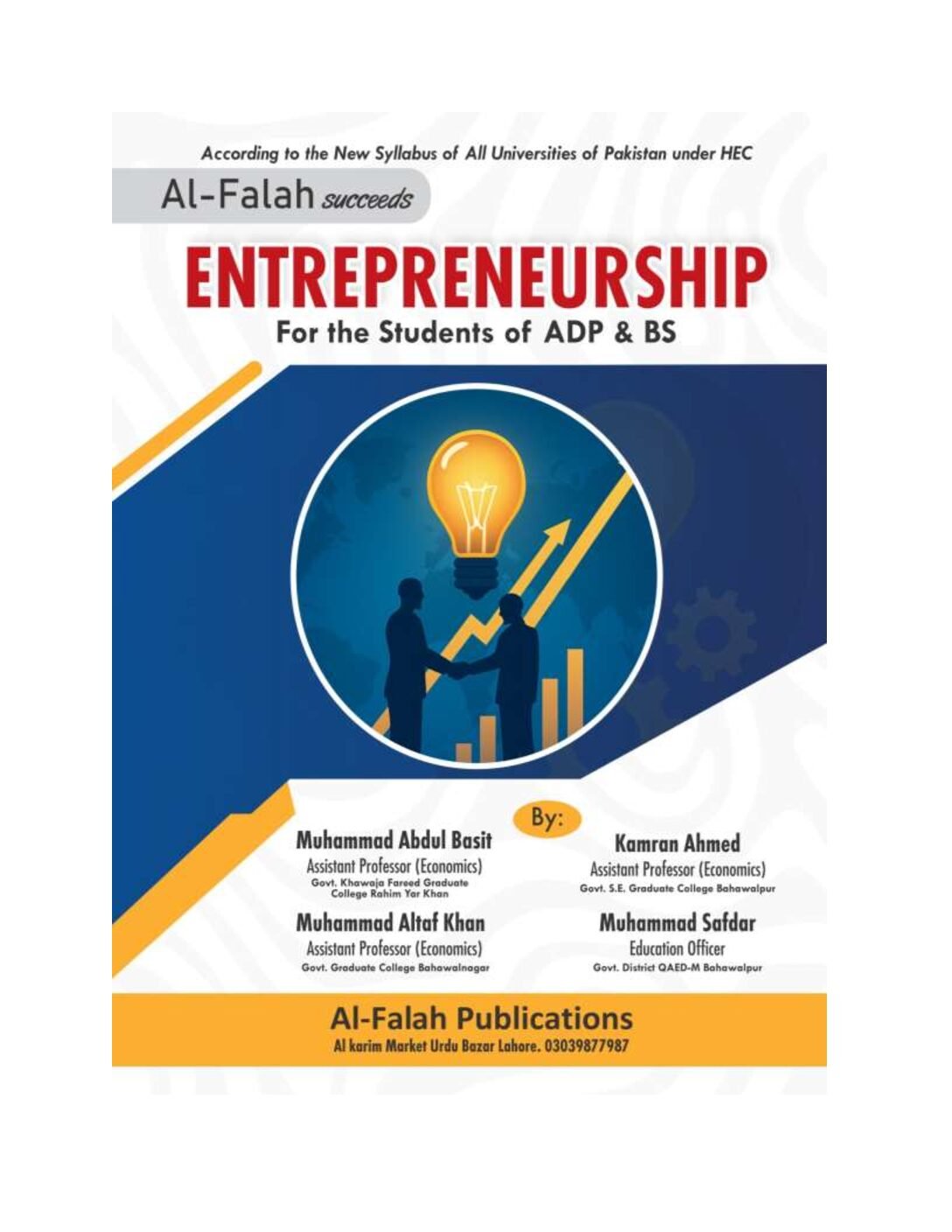Why STEM Education Matters More Than Ever in 2025
STEM education is vital in 2025 for future careers, innovation & solving global challenges. Discover why STEM skills matter now more than ever.

STEM education has never been more critical than it is in 2025. As the world accelerates into an era dominated by artificial intelligence, automation, and sustainable technologies, the need for skilled professionals in science, technology, engineering, and mathematics (STEM) is at an all-time high. The rapid evolution of industries demands a workforce equipped with problem-solving, analytical, and technical skills competencies that STEM education uniquely provides. Without a strong foundation in these disciplines, individuals and nations risk falling behind in an increasingly competitive global economy.
The challenges of 2025 from climate change and healthcare innovation to cybersecurity and space exploration require STEM-driven solutions. Countries investing in STEM curricula, teacher training, and research initiatives are leading the charge in technological and scientific advancements. Meanwhile, students with STEM literacy enjoy greater career opportunities, higher earning potential, and the ability to shape the future. This explores why STEM education is indispensable in 2025 and how it is transforming industries, economies, and everyday life.
Why STEM Education Matters More Than Ever in 2025
The Growing Demand for STEM Professionals
The job market in 2025 is dominated by roles requiring STEM expertise. According to the World Economic Forum, over 85 million jobs will be displaced by automation, while 97 million new roles will emerge many in AI, robotics, and data science. Companies seek professionals proficient in coding, machine learning, and biotechnology, making STEM careers some of the highest-paying and most secure. Governments worldwide are prioritizing STEM funding to bridge the skills gap. Initiatives like coding bootcamps, robotics competitions, and university partnerships aim to prepare students for future challenges.
STEM as a Driver of Innovation
Innovation thrives where STEM education is robust. Breakthroughs in renewable energy, quantum computing, and medical research stem from interdisciplinary STEM knowledge. Countries leading in STEM research, such as the U.S., China, and Germany, dominate global patents and technological advancements. In 2025, startups and tech giants alike rely on STEM talent to develop cutting-edge solutions. From self-driving cars to personalized medicine, these innovations improve quality of life and address pressing global issues. Encouraging students to pursue STEM fields ensures a pipeline of innovators ready to tackle tomorrow’s challenges.
Economic Competitiveness and STEM
Nations with strong STEM education systems enjoy greater economic resilience. A workforce skilled in AI, cybersecurity, and advanced manufacturing attracts global investments. Countries neglecting STEM development risk falling behind in the Fourth Industrial Revolution. Policymakers are increasing STEM funding in schools to ensure long-term prosperity. By fostering critical thinking and problem-solving skills, STEM education prepares students to adapt to an ever-changing economy.
Closing the Gender and Diversity Gap in STEM
Despite progress, women and minorities remain underrepresented in STEM careers. In 2025, initiatives promoting diversity in tech and engineering are crucial for inclusive growth. Organizations provide scholarships, mentorship, and outreach programs to encourage underrepresented groups to pursue STEM fields. A diverse STEM workforce fosters creativity and drives innovation. Ensuring equal access to STEM education unlocks untapped potential, benefiting society as a whole.
Addressing Global Challenges Through STEM
The world faces unprecedented challenges climate change, pandemics, food security and STEM education provides the tools to combat them. Engineers design sustainable infrastructure, while data scientists predict disease outbreaks using Artificial intelligence models. Biotechnology pioneers lab-grown meat to reduce environmental impact, showcasing how STEM solutions revolutionize industries. Educational programs focusing on environmental science and clean energy empower students to contribute to a greener future. Without widespread STEM literacy, solving these complex issues becomes exponentially harder.
The Role of Governments and Institutions
Government Funding
Governments must prioritize STEM funding to build modern labs, update curricula, and train teachers in emerging technologies. Strategic policies should incentivize STEM careers through scholarships, tax benefits for STEM businesses, and national innovation grants. Public-private partnerships can amplify impact by aligning education with industry needs.
Educational Reform
Institutions need to overhaul traditional teaching methods by integrating hands-on STEM learning through robotics, coding, and real-world problem-solving projects. Curricula should emphasize interdisciplinary skills—blending science with AI, ethics, and sustainability. Regular updates to course content will ensure relevance in fast-evolving fields like quantum computing and biotech.
Industry-Academia Collaboration
Stronger ties between universities and corporations can bridge the skills gap through internships, apprenticeships, and joint research initiatives. Tech companies should co-design courses and provide cutting-edge tools for classrooms. Such collaborations give students practical experience while ensuring graduates meet employer demands.
Equal Access
Governments and institutions must eliminate barriers to STEM education by investing in rural STEM hubs, girls’ coding camps, and minority mentorship programs. Affordable broadband and device access are essential for remote learning. Diversity-focused recruitment and retention strategies will create a more inclusive STEM workforce.
Global Competitiveness
Nations must boost R&D spending to compete in AI, clean energy, and space tech key drivers of economic growth. Establishing national STEM research centers and attracting top talent through visas and grants will foster innovation. International partnerships can accelerate breakthroughs in medicine, climate tech, and cybersecurity.
Preparing the Next Generation for a STEM-Driven Future
Early Exposure Through Interactive Learning
Introducing STEM concepts in elementary schools through play-based activities like building blocks and simple robotics sparks natural curiosity. Interactive tools such as coding games and science kits make abstract principles tangible for young minds. This foundation cultivates a lifelong passion for discovery before math anxiety or stereotypes take root.
Project-Based Curriculum Integration
Schools must replace rote memorization with real-world STEM projects like designing solar ovens or programming weather stations. Cross-subject challenges (e.g., combining biology with data analysis) mirror workplace problem-solving. Competitions like science fairs and hackathons build confidence and teamwork skills essential for future careers.
Teacher Empowerment
Equipping educators with ongoing STEM training ensures they can teach emerging technologies like AI literacy and 3D printing. Micro-credential programs and industry externships keep teachers updated on cutting-edge tools. Reduced administrative burdens allow more time for hands-on, student-centered instruction.
Community Engagement
Families play a critical role through at-home STEM activities like kitchen chemistry experiments or stargazing with astronomy apps. Community makerspaces and library tech labs provide access to tools like laser cutters and VR systems. Parent workshops demystify STEM pathways to combat misconceptions about career viability.
Read More: Parents’ Guide to Digital Literacy: Helping Kids Thrive Online
Conclusion
STEM education stands as the cornerstone of progress in 2025, equipping learners with the skills needed to thrive in our rapidly evolving world. As artificial intelligence, renewable energy, and advanced robotics reshape industries, a strong foundation in science, technology, engineering, and mathematics has become non-negotiable for career success and global competitiveness. Nations prioritizing STEM literacy are leading innovation, while those lagging risk economic stagnation. The time to invest in STEM programs, teacher training, and accessible learning opportunities is now before the skills gap widens further.
Looking ahead, STEM education will continue to be the driving force behind solving humanity’s greatest challenges, from climate change to healthcare breakthroughs. By fostering curiosity, critical thinking, and hands-on problem-solving, STEM disciplines empower the next generation to build a smarter, more sustainable future. Whether through policy changes, corporate partnerships, or classroom innovations, every effort to strengthen STEM education today ensures a more prosperous tomorrow. The question isn’t whether we can afford to prioritize STEM learning it’s whether we can afford not to.
Why is STEM education important in 2025?
STEM education is crucial because it prepares students for high-demand careers in AI, robotics, and green energy, while solving global challenges like climate change and healthcare.
How does STEM benefit future job opportunities?
STEM skills lead to lucrative, future-proof careers, with fields like data science, biotechnology, and engineering offering strong growth and high salaries.
What makes STEM different from traditional education?
STEM focuses on hands-on, problem-based learning that develops critical thinking, creativity, and adaptability skills essential in today’s tech-driven world.
How can schools improve STEM education?
Schools should integrate coding, robotics labs, and real-world projects while training teachers in modern STEM teaching methods.
Is STEM only for students pursuing science careers?
No STEM builds transferable skills like logic and data literacy that are valuable in business, finance, and even creative industries.











